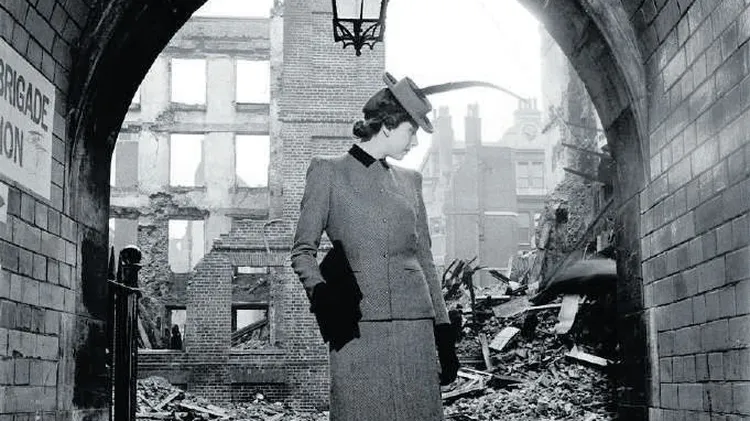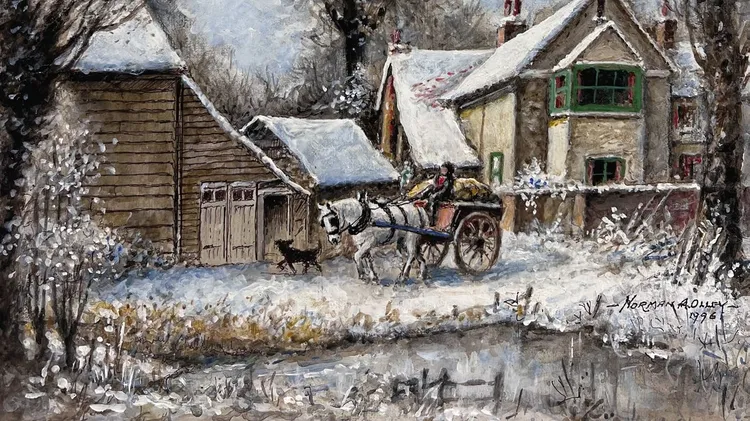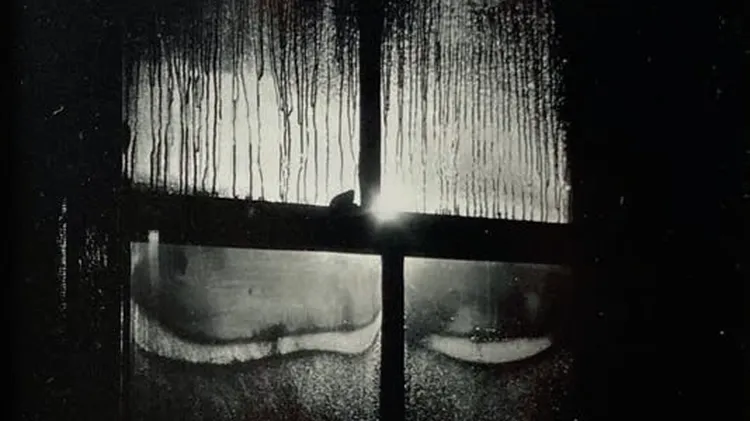PICTURE ANALYSIS
Can you tell me when this glass-plate photograph was taken?
1 min read
This article is from...
Read this article and 8000+ more magazines and newspapers on Readly






